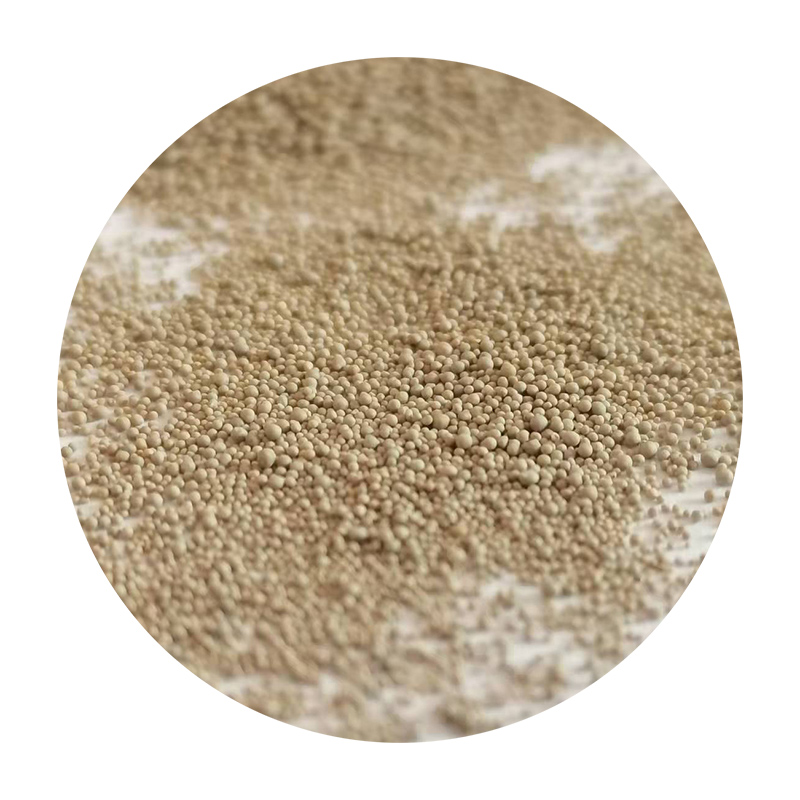Sanding and Painting 3D Prints A Comprehensive Guide
3D printing has revolutionized the way we create prototypes, models, and even end-use products. With the ability to bring intricate designs to life, it’s become a favored technology in various industries, including automotive, aerospace, and even healthcare. However, the journey from a raw 3D print to a polished, aesthetically pleasing final product often demands extra steps—most notably sanding and painting.
Why Sanding is Essential
Sanding is a crucial step in the post-processing of 3D prints. It serves multiple purposes
1. Smoothing the Surface Most 3D prints exhibit layer lines, a typical artifact of the additive manufacturing process. Sanding helps to reduce these visible lines, resulting in a more refined finish.
2. Preparing for Painting A smooth surface allows for better paint adhesion. Paint applied on a rough surface may chip or peel, leading to an unsatisfactory finish.
3. Detail Enhancement For highly detailed parts, sanding can enhance the visible quality of features, making them appear more pronounced and finished.
When sanding 3D prints, the grit of the sandpaper is crucial. Begin with a coarser grit (around 80-120) to remove significant imperfections, then progress to finer grits (220 and above) for a smoother finish. Always sand in a circular motion or along the grain to avoid uneven surfaces.
The Sanding Process
1. Gather Materials You will need sandpaper, a sanding block or sponge, and possibly a spray bottle with water if you are using wet sanding techniques.
2. Dry Sanding Start with the coarser grit sandpaper. Focus on the areas with the most visible lines or imperfections. Apply even pressure to avoid gouging the material.
3. Wet Sanding Once the initial sanding is done, switch to finer grit sandpaper and consider using wet sanding. This process minimizes dust and can produce a smoother finish. Wet the surface lightly before sanding, and clean off the residue frequently.
sanding and painting 3d prints

4. Final Touch-Ups After achieving a satisfactory smoothness, inspect the model for any remaining imperfections. Use the finer grit to address these spots and ensure an even finish.
Painting Your 3D Prints
Once sanding is complete, it’s time to apply paint. Proper painting is essential for both aesthetics and durability.
1. Priming Before applying paint, consider using a primer. This step not only enhances paint adhesion but also can cover minor imperfections that sanding may have left behind.
2. Choosing the Right Paint Select a paint compatible with the material of your 3D print. For example, acrylic paints are commonly used for PLA prints, while ABS may require specialty paints. Ensure the paint is suitable for the intended use of your product.
3. Application Techniques Depending on your preference, paint can be applied using brushes, airbrushes, or spray cans.
- Brush Painting This method allows for detailed work but may leave visible brush strokes if not done carefully. - Airbrushing Provides a smooth, even coat and is great for gradients or complex designs. - Spray Painting Quick and easy, spray painting provides a uniform finish but requires more care to avoid drips.
4. Multiple Coats For the best finish, apply several thin coats instead of a single thick layer. This technique helps avoid runs and provides a more durable finish.
5. Curing and Sealing Allow the paint to dry thoroughly between coats, and consider applying a clear sealant to protect the paint from scratches and wear.
Conclusion
Sanding and painting are vital processes in achieving a professional-grade finish for 3D prints. With careful attention to detail, patience, and the right materials, you can transform your prints from raw plastic into stunning finished products. Whether you’re creating models for display, prototypes for clients, or functional parts for hobbyist projects, investing time in sanding and painting will surely elevate the quality of your 3D printed creations. Happy printing!
Post time:Lis . 05, 2024 23:34
Next:An Introduction to Sand Casting and Its Manufacturing Process
